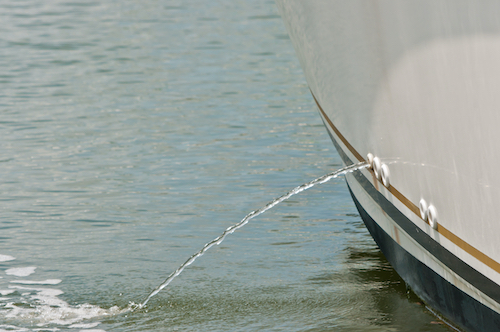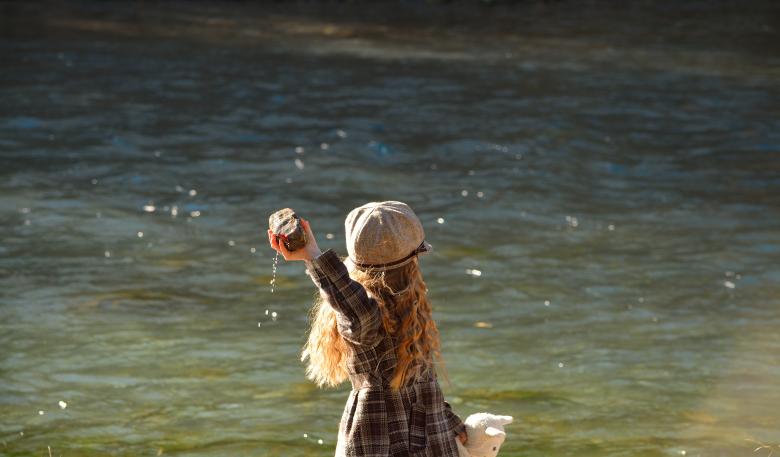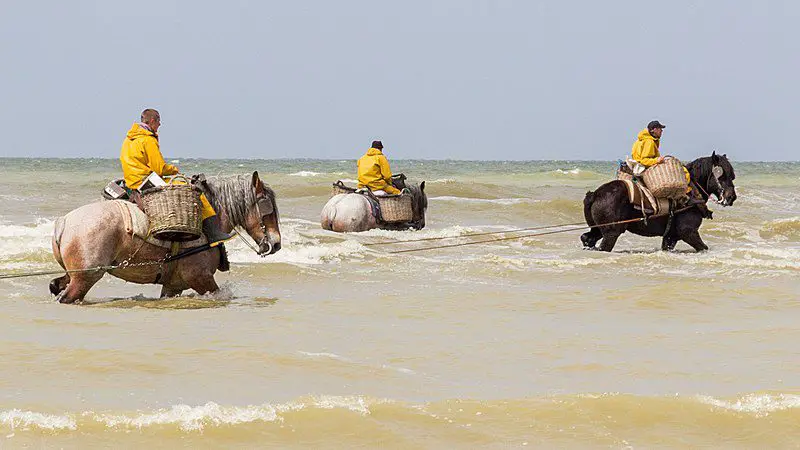Regulation booklets are not typically exciting reads but, as we learned this fall, some of the overlooked laws that are still tucked into our books today can occasionally provide some entertainment. Today, we wanted to walk you through a few of the strangest laws we have come across, both at home and abroad, and take a look at just how these laws have managed to stick around.
“Dispose of fish waste, heads and tails in the garbage, not waterways, when cleaning fish” (Ontario, Canada)

When we first came across this law last fall, our initial reaction was probably similar to yours: uh oh…
Like you, we have likely broken this law thousands of times over the span of our fishing careers and had absolutely no idea it was on the books. I mean, throwing a fish carcass back in the lake it was caught seems logical, right?
Furthermore, does throwing fish guts in the garbage not seem like an excellent way to attract bears, bugs, and other fish-eating animals to the places we recreate.
The government of Alberta certainly thinks so, stating that “fish guts have a strong smell and can attract animals. The best place to put fish guts is back in the water where you caught the fish.” The BC government echoes the same message.
So why is Ontario different?
In our latest podcast, Ontario’s former Minister of Natural Resources, Jerry Ouellette, sat down with Ang and Pete and told us the law is likely well-intentioned, designed to stop anglers dumping fish in lakes they were not caught, but unfortunately misses the mark due to a lack of consultation.
Jerry told us that laws like this came across his desk all the time and are almost always the result of a lack of consultation with anglers, conservation officers, and other groups that have expertise on the subject. Unfortunatley, when no one is there to pose questions, these types of things make it into law.
Don’t Empty Your Livewell or Bilge Water in the Lake (Ontario, Canada)

This was another one from last year’s fall newsletter that we were amazed made it through without any backlash.
As any angler would know, emptying bilge water back into a lake is inevitable any time it rains. Furthermore, if this law was ever enforced and emptying livewells was being monitored, the bass tournament industry would be in serious trouble.
Although the goal of the law is to stop anglers from accidentally moving invasive species from one lake to another, Jerry says that this is likely another example of Conservation Officers not being consulted before the law was passed.
No Fishing Without a Guide (Quebec and Newfoundland, Canada)

Another strange fishing law from here in Canada is the rule that it is illegal for non-residents to fish in certain areas without a guide. In the case of Newfoundland, this applies to the whole province (including Labrador). In Quebec, the law pertains to just the Grand Cascapedia River, where anglers need not one, but TWO guides to cast a line in the legendary river.
In both of these cases, the laws are designed to keep the guiding industry afloat and provide some economic assistance to areas that are in need.
No Scaring the Fish (New York, USA)

Moving just south of the border, New York State lands on our list with their banning of the fishing equivalent of a deer drive.
In their current Finger Lakes and Tributaries Regulations, it is stated that: Any action to frighten fish and move them from concealment, including herding, driving, kicking, and stoning is prohibited.
Although a law mentioning “fish herding” might seem strange, one of our latest podcast episodes Ang and Pete mentioned how this kind of thing is not unheard of in a state like New York, which sees fishing closed in certain sections of river, as people do actually attempt to scare fish from closed areas into ones with open fishing seasons.
No Fishing from the Backs of Animals (USA)

Though many states have since abandoned the law, fishing from the backs of animals was made illegal in the USA in 1917.
According to Idaho Fish and Game “the law was not specific about the kind of animal, whether camel, zebra, rhino or giraffe. This item from the 1920 Fish and Game rules made it clear: “It is unlawful: … ; to fish for trout from the back of any animal, or to travel up or down any stream on back of animal while fishing for trout.”
According to the same source, the strange law is no longer in place in the state of Idaho, however, other sources seem to suggest that fishing from horseback can still land you a fine in Washington D.C.
No Releasing Fish (Switzerland and Germany)

The last law on our list takes us across the pond to two countries that have banned catch and release fishing.
Though the thought of banning such a productive conservation tool seems incredibly strange to us here in North America, Jerry Ouelette says that this is likely the result of animal rights organizations getting their hands in the political ring. In fact, attempts at similar movements are not unheard of here in Canada. A clip from Jerry on the latest Outdoor Journal Radio podcast episode can be found below:
For more strange regulations, check out the full episode of the podcast on Apple Podcasts, Spotify, Google Play, or wherever else you get your podcasts!





